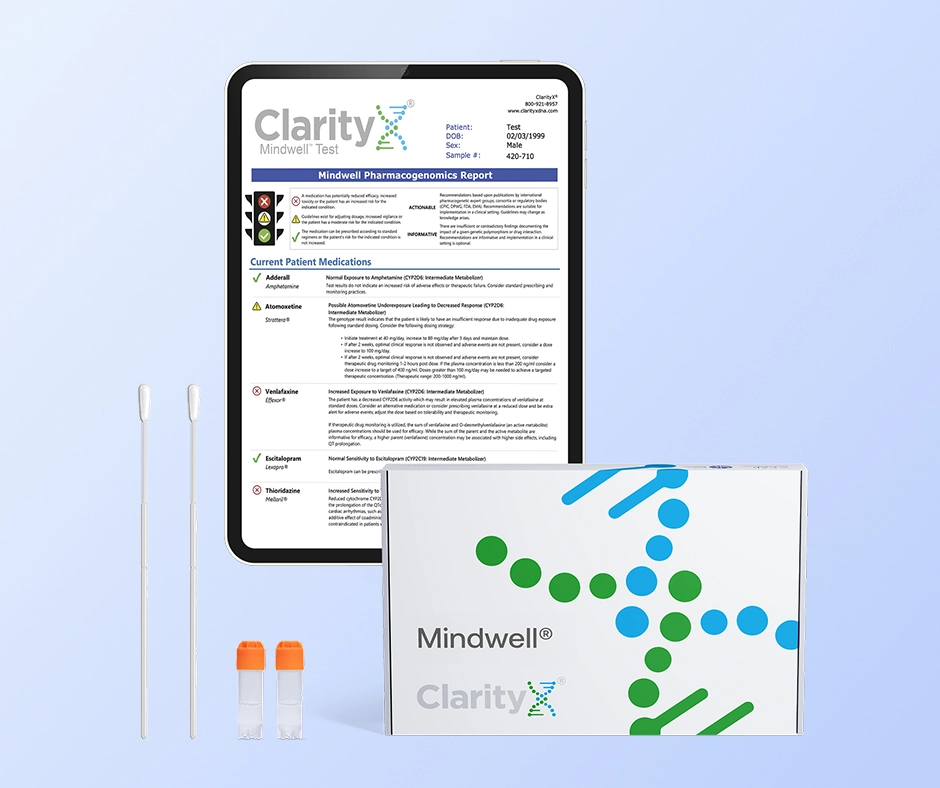Self-Care Awareness Month! Save 25%
Free Express Shipping
Sale Ends: 09/19
Uses
Side effects
Interactions
Precautions
How Silenor – (Doxepin) works
- Depression and/or anxiety associated with alcoholism (not to be taken concomitantly with alcohol).
- Depression and/or anxiety associated with organic disease (the possibility of drug interaction should be considered if the patient is receiving other drugs concomitantly).
- Psychotic depressive disorders with associated anxiety including involutional depression and manic-depressive disorders.
What are the side effects of Silenor – (Doxepin)?
- Central Nervous System Effects: Drowsiness is the most commonly noticed side effect. This tends to disappear as therapy is continued. Other infrequently reported CNS side effects are confusion, disorientation, hallucinations, numbness, paresthesias, ataxia, extrapyramidal symptoms, seizures, tardive dyskinesia, and tremor.
- Cardiovascular: Cardiovascular effects including hypotension, hypertension, and tachycardia have been reported occasionally. Allergic: Skin rash, edema, photosensitization, and pruritus have occasionally occurred.
- Hematologic: Eosinophilia has been reported in a few patients. There have been occasional reports of bone marrow depression manifesting as agranulocytosis, leukopenia, thrombocytopenia, and purpura.
- Gastrointestinal: Nausea, vomiting, indigestion, taste disturbances, diarrhea, anorexia, and aphthous stomatitis have been reported. (See Anticholinergic Effects.)
- Endocrine: Raised or lowered libido, testicular swelling, gynecomastia in males, enlargement of breasts and galactorrhea in the female, raising or lowering of blood sugar levels, and syndrome of inappropriate antidiuretic hormone secretion have been reported with tricyclic administration.
- Other: Dizziness, tinnitus, weight gain, sweating, chills, fatigue, weakness, flushing, jaundice, alopecia, headache, exacerbation of asthma, and hyperpyrexia (in association with chlorpromazine) have been occasionally observed as adverse effects. Withdrawal
- Symptoms: The possibility of development of withdrawal symptoms upon abrupt cessation of treatment after prolonged SINEQUAN administration should be borne in mind. These are not indicative of addiction and gradual withdrawal of medication should not cause these symptoms.
- Drugs Metabolized by P450 2D6: The biochemical activity of the drug metabolizing isozyme cytochrome P450 2D6 (debrisoquin hydroxylase) is reduced in a subset of the Caucasian population (about 7–10% of Caucasians are so-called “poor metabolizers”); reliable estimates of the prevalence of reduced P450 2D6 isozyme activity among Asian, African and other populations are not yet available.
- Poor metabolizers have higher than expected plasma concentrations of tricyclic antidepressants (TCAs) when given usual doses.
- Depending on the fraction of drug metabolized by P450 2D6, the increase in plasma concentration may be small, or quite large
- Prescribers or other health professionals should inform patients, their families, and their caregivers about the benefits and risks associated with treatment with Sinequan and should counsel them in its appropriate use. A patient Medication Guide about “Antidepressant Medicines, Depression and other Serious Mental Illness, and Suicidal Thoughts or Actions” is available for Sinequan.
- The prescriber or health professional should instruct patients, their families, and their caregivers to read the Medication Guide and should assist them in understanding its contents.
- Patients should be given the opportunity to discuss the contents of the Medication Guide and to obtain answers to any questions they may have.
- The complete text of the Medication Guide is reprinted at the end of this document.
- Patients should be advised of the following issues and asked to alert their prescriber if these occur while taking Sinequan.
- Clinical Worsening and Suicide Risk: Patients, their families, and their caregivers should be encouraged to be alert to the emergence of anxiety, agitation, panic attacks, insomnia, irritability, 5 hostility, aggressiveness, impulsivity, akathisia (psychomotor restlessness), hypomania, mania, other unusual changes in behavior, worsening of depression, and suicidal ideation, especially early during antidepressant treatment and when the dose is adjusted up or down.
- Families and caregivers of patients should be advised to look for the emergence of such symptoms on a dayto-day basis, since changes may be abrupt. Such symptoms should be reported to the patient’s prescriber or health professional, especially if they are severe, abrupt in onset, or were not part of the patient’s presenting symptoms.
- Symptoms such as these may be associated with an increased risk for suicidal thinking and behavior and indicate a need for very close monitoring and possibly changes in the medication.


